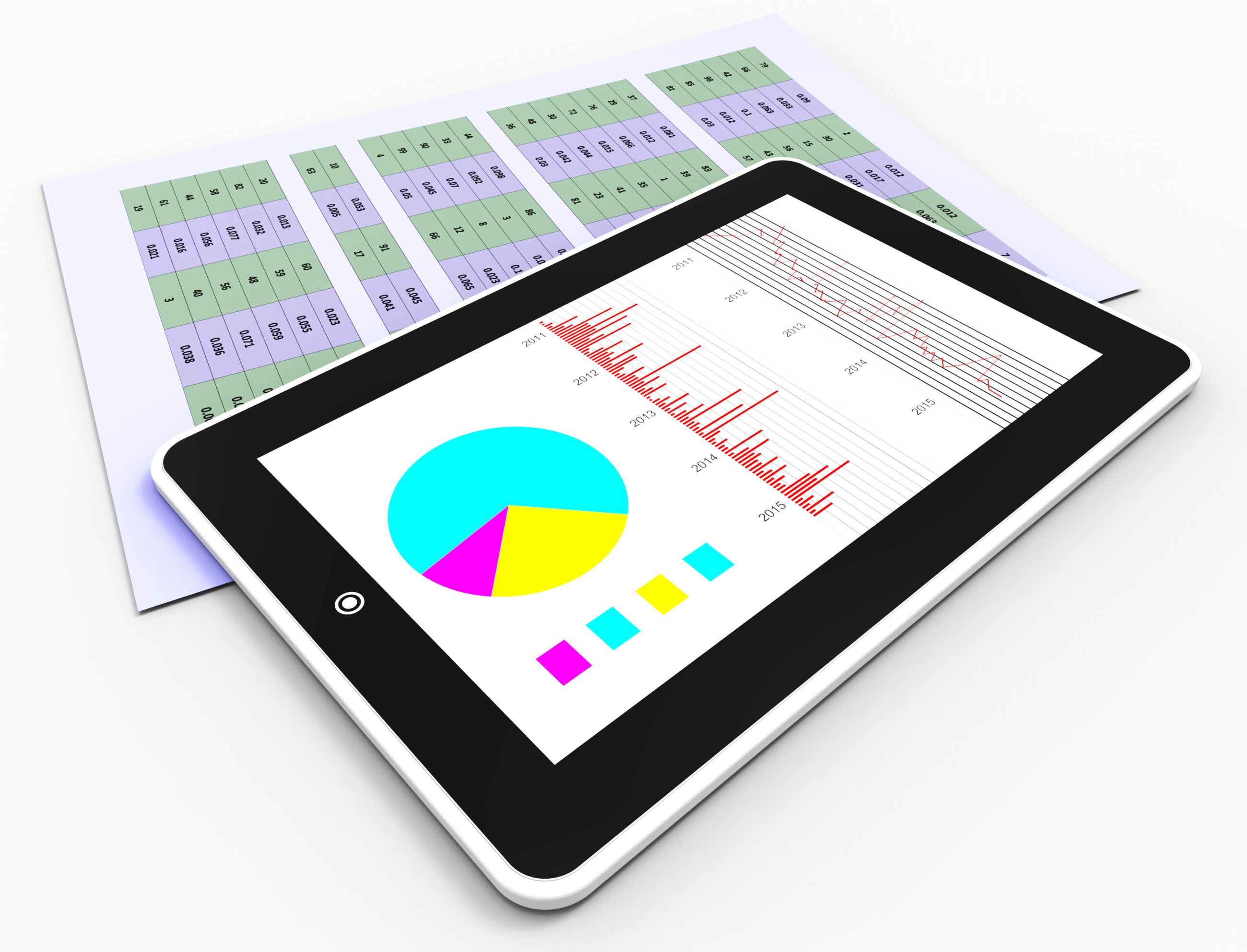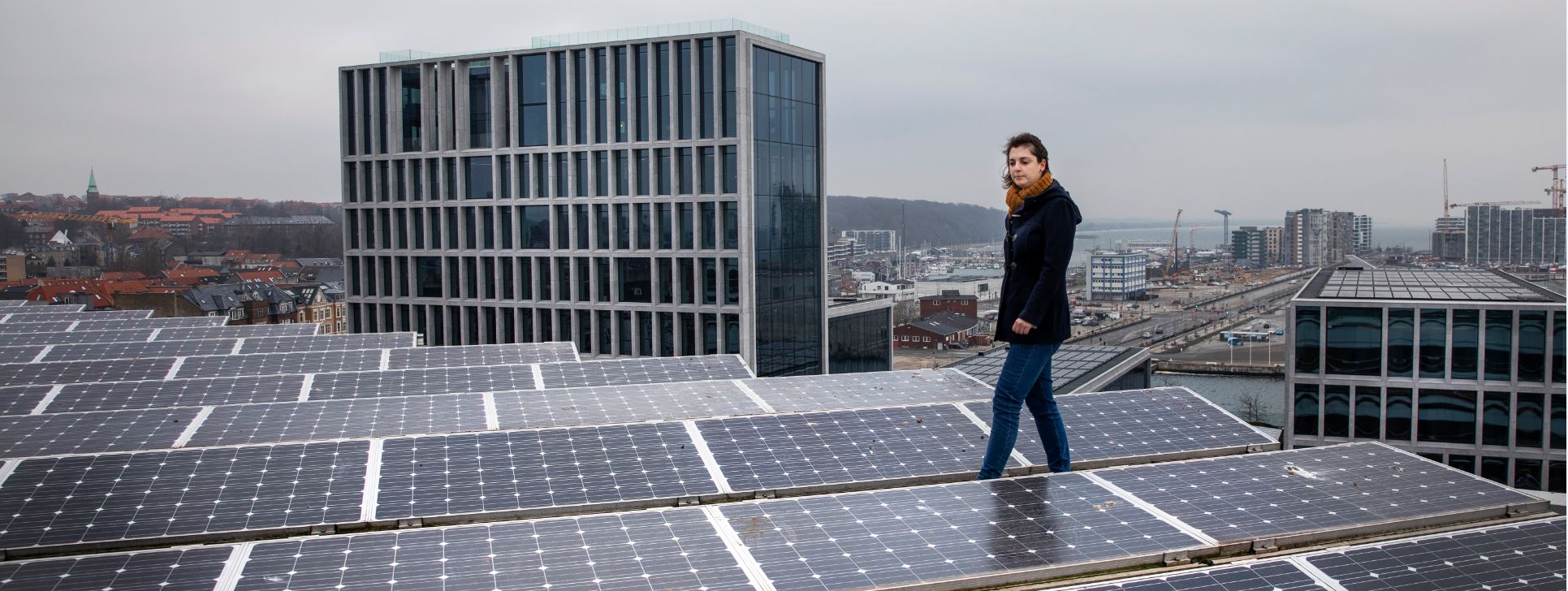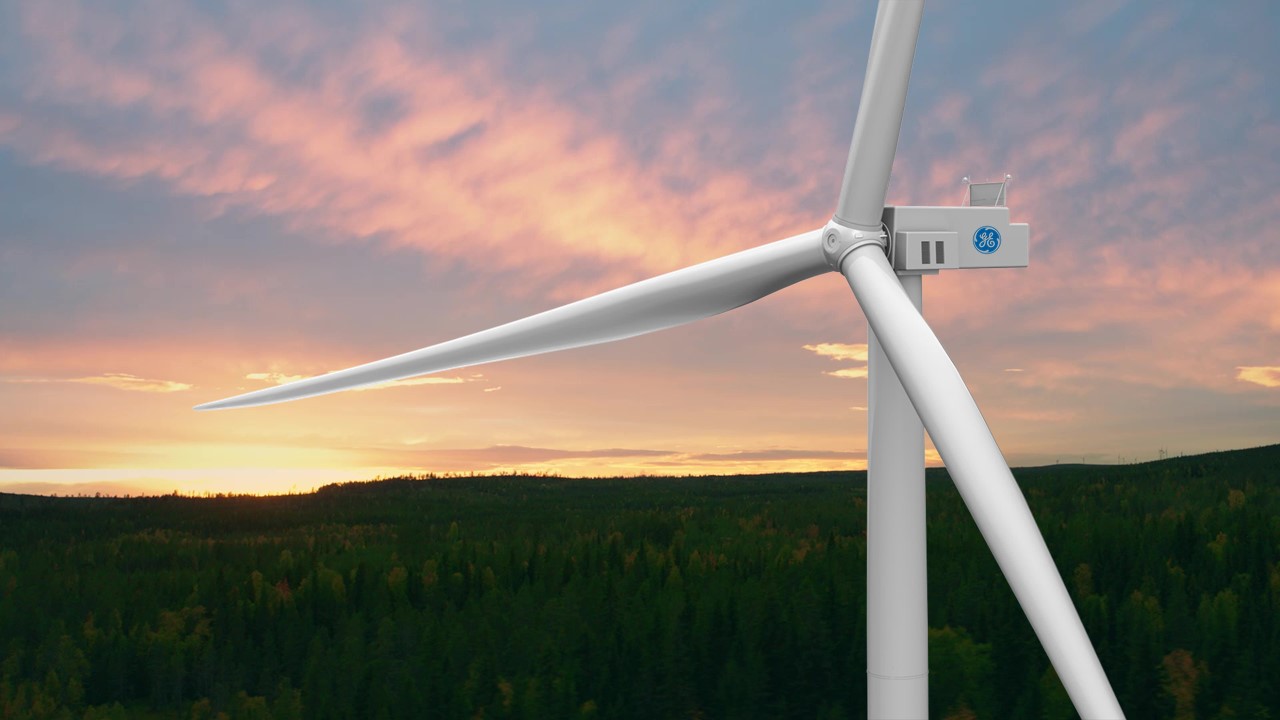News
Smart energy systems
Smart grid
Solar energy
+2
The Danish Energy Agency launches improved LCoE calculator for energy planning


The LCoE Calculator is a tool to estimate and compare the socio-economic electricity production costs in a simplified manner using localised data and estimates. The improved calculator shows that the cost reduction in some of the core renewable energy options is bigger than previous expected by the Danish Energy Agency. Especially for offshore wind, a combination of lower initial investment (CAPEX) and declining operational costs (OPEX) and technology improvement that allow new offshore wind projects to harvest more energy out of the wind at lower costs. This means that the levelized cost of energy for a Danish offshore wind project is expected to have fallen to EUR 46 per MWh excluding grid and system costs with production start in 2020. Compared to previous assumptions, CAPEX is expected to have gone down by close to 40 percent. Also improvement in operation and maintenance is expected to reduce OPEX by more than 20 percent. At the same time, improvement in wind and power train design is expecting to increase the amount of full load hours of a Danish offshore wind projects by 10 percent giving a capacity factor of more than 50 percent.
Onshore wind still cheapest Danish option
For onshore wind the expected average cost of producing one MWh for a wind project is now EUR 30 or almost 25 percent lower than previous estimate. Again low expected CAPEX (-20 percent) and 5 percent higher productions is the main drivers behind lower projected LCoE in Denmark. Compared to other technologies relevant for Denmark, onshore wind is still the cheapest option for adding new capacity. As a densely populated country with a large initial fleet of onshore turbines area restrictions are limiting further expansion of onshore wind in Denmark. However, repowering offer a good option to increase power generation from onshore wind which is also addressed in the new Danish energy agreement focusing on reducing the number of onshore wind turbines but increasing power output.
-Related news: The Global Wind Atlas is widely used across the world
Solar PV is closing in
With an almost 40 percent lower LCoE than previous estimates solar PV is still gaining momentum driven primarily by more than 40 percent reduction in estimated CAPEX and further improvement of OPEX. Due to a limited amount of solar resources in the Northern part of Europe, the capacity factor for solar PV of only 12 percent. That leaves large-scale solar PV with an estimated LCoE of EUR 40 per MWh for a Danish project.
Tenders to secure the lowest prices
With continuing falling generation costs for renewable energy sources, the support schemes going forward is to a large extend based upon open and transparent tenders. This should ensure that the Danish consumers and industry will benefit from cost and technology improvements. With onshore wind and solar PV getting closer cost vise, technology neutral tenders is planned again to ensure the lowest power prices combined with a sustainable and local power source.
-Related news: Denmark's security of electricity level remains among the hightest in Europe
About LCoE Calculator
The LCoE Calculator is a tool to estimate and compare the socio-economic electricity production costs in a simplified manner using localized data and estimates. The LCoE Calculator is based on internationally acknowledged methodology and permits comparison of different electricity production technologies based on nuclear, fossil or renewable energy as well as a number of high-potential energy efficiency technologies. The LCoE Calculator consist of an Excel based model and a manual discussing different aspects and data needed for socio-economic calculation of different power generation and energy efficiency options including possible data sources. The tool is designed for policymakers, energy regulators and planners.
The LCoE Calculator can be found on the Danish Energy Agency webpage.
Source: The Danish Energy Agency















